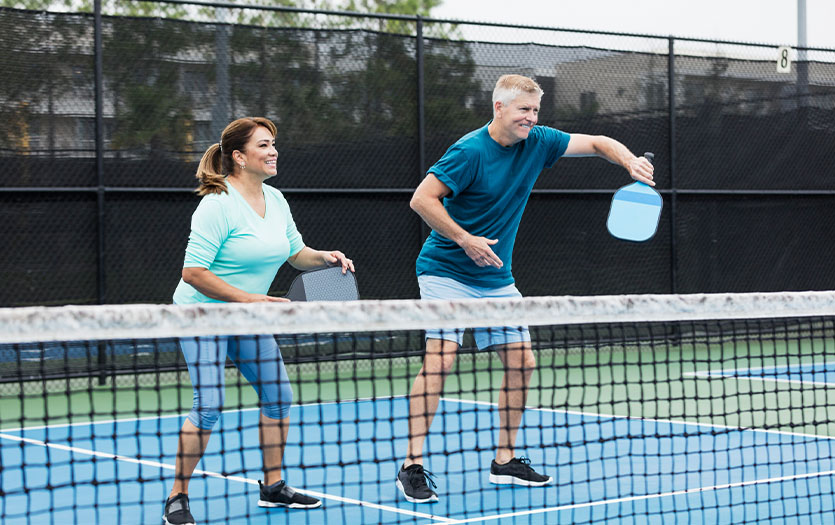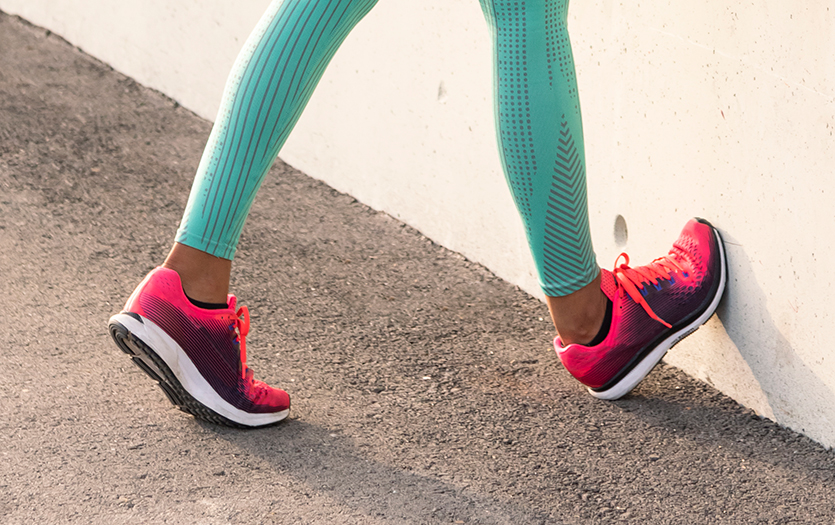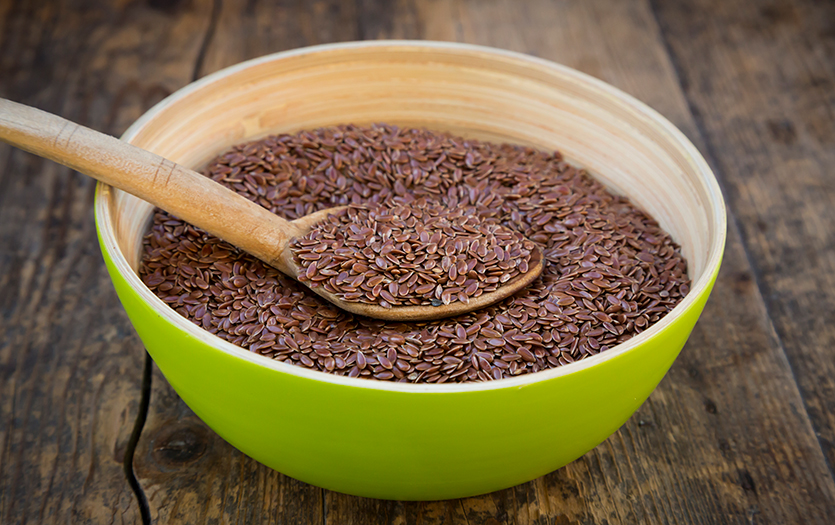.jpg)
This post was written by Sami Kauffman, MA, RD, CD, dietitian, Parkview Sports Medicine.
Physically active individuals with Type 1 diabetes face many challenges that other athletes might not encounter. While regular exercise has been shown to benefit those with diabetes, it can make controlling blood sugar difficult, especially in adolescents, as insulin needs are affected by inconsistent nutritional intake, physical activity levels and other anti-insulin hormones.
Signs and symptoms
Active diabetics need to be aware of the signs and symptoms of hypoglycemia and make sure that workout partners or teammates are aware as well. Exercise can mask the symptoms of high and low blood glucose, making it difficult to tell if diabetics are experiencing symptoms that need addressing. Typical signs and symptoms include:
- Weakness and fatigue
- Shakiness
- Headache
- Confusion
- Dizziness
- Irritability
- Hunger
- Impaired vision
Nutrition
Maintaining a proper diet can help athletes better control blood sugar and achieve their desired performance. Consuming the right types of food before, during and after exercise helps maintain control of blood glucose levels and also aids in recovery and achieving maximum performance.
Meals and snacks should include a source of protein, such as eggs, nuts, cheese and meat, and a source of carbohydrates like fruit or whole grains to balance blood glucose and prevent rapid swings in levels. These meals and snacks should be relatively low-fat, so diabetic athletes should avoid foods like large amounts of nuts, nut butter, cheese, fried foods or butter and cream sauces. Flavored milk or beans can provide both protein and carbohydrates.
To help control your blood glucose levels while remaining active, follow these nutritional guidelines:
- Before exercise
Monitor your blood glucose and if it falls below 70, have a snack. If your glucose is above 240, check for ketones in your urine and avoid activity if they are present. Consume a carbohydrate-based meal or snack within 1-3 hours of exercise. I recommend a peanut butter and jelly or lunchmeat sandwich, Greek yogurt and granola, peanut butter crackers, an apple and nut butter, or cottage cheese and fruit.
- During exercise
Keep a form of carbohydrates with you, such as fruit (dried or fresh), crackers, granola bars, hard candies or dextrose tablets. Check your blood glucose and consume 15-30g of carbohydrates if obvious changes in glucose or performance occur.
If the activity lasts longer than one hour, plan to have a snack during the activity. If your event lasts all day, aim for six small meals with protein and carbohydrates (avoid high sugar and fat foods). I suggest dried fruit, banana, small amounts of juice or a sports drink, hard candies, a fruit cup or applesauce
- After exercise
Be sure to eat something to replenish your glycogen stores and prevent hypoglycemia. Monitor blood glucose levels frequently, as exercise-induced hypoglycemia can occur up to 48 hours after exercise. Some diabetics may also experience hyperglycemia after the stress of competition or exercise.
I recommend chicken and rice, pasta and turkey, meatballs and marinara, chocolate milk, grilled potatoes with scrambled eggs and fruit.
- Be sure to remain adequately hydrated throughout the day!
There are many variables in play when it comes to active adolescents with diabetes, and all diabetics react differently to activity. If you’re using insulin, your physician or endocrinologist should be aware of the activity levels and regimen of your activity so that insulin can be adjusted accordingly. Hydrating and eating properly can play a major role in controlling blood glucose so that athletes can safely perform at the highest level.



